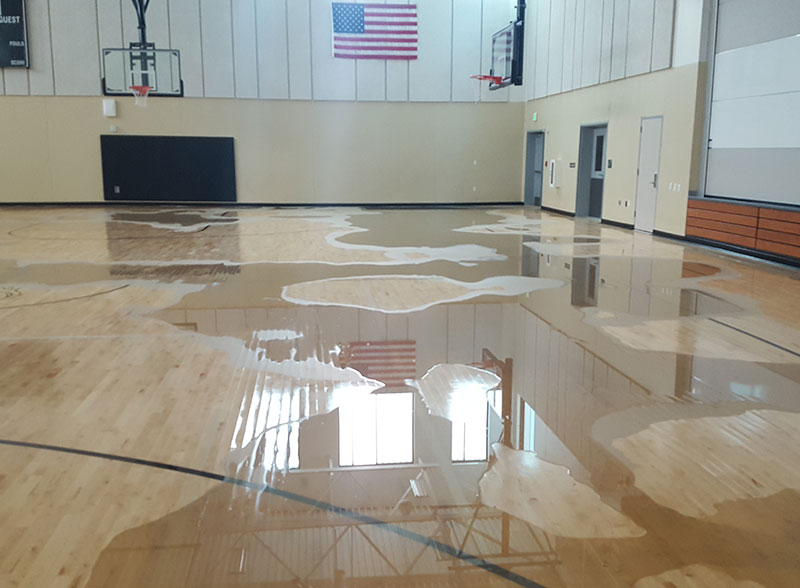Water Damage Resources
Water Damage can result from many different causes, such as toilet overflows, pipe leaks and bursts, sewage back-ups, and floods. Emergency response actions are essential to ensure no further damage is sustained to the building structure.
When disaster strikes and you find yourself dealing with an unforeseen water loss issue, consult the guide below on how to help yourself mitigate further damage and salvage the property contents.
Do:
- Limit foot traffic in affected areas to prevent spreading possible contamination to unaffected areas
- Isolate supply lines that are leaking, either at the source if possible or by shutting the main water supply off until the source can be found and fixed
- Call Jim Black Construction to begin the restoration process and to mitigate additional damage
- Call your insurance company to file a claim
- If ceiling damage occurs and the ceiling is sagging or has fallen, stay out of the area to avoid injury and do not attempt to remove debris by yourself as the materials may contain asbestos or mold, which must be handled in accordance with state laws
- Photograph as much of the damage as possible
- To mitigate affected flooring, often the contents within the affected room will need to be moved side to side to extract water. Remove all expensive or sentimental breakable items from the affected rooms prior to the mitigation services commencing
- Remove standing water from the area utilizing mops, carpet cleaning machines, shop vacuums, or towels
- Remove all items from wet furniture tops
- Place aluminum foil squares, wood blocks, or pieces of plastic under furniture legs to avoid furniture staining on carpeted areas
- Remove saturated rugs and carpets from the affected area when hardwood floors are at risk
- Consider freezing valuable books and documents to retard mold growth until professional drying can be performed
- Open windows and doors if the weather permits to let excess humidity leave the structure.
Do Not:
- Wait to start the mitigation process. Most insurance policies state that the policy holder is immediately responsible for mitigating the damage—if not done, your claim may be denied
- Enter a room with standing water unless you have turned off electricity at the service panel first
- Assume that because there is no visual damage that the area isn’t affected and doesn’t require proper drying
- Leave wet fabrics in place; space them apart and dry them as soon as possible—rugs can bleed colors onto other surfaces that may not be repairable.
Additional Resources:

Sewage Back-Ups
Sewage back-ups and flood events are more time sensitive and have a much higher potential to affect the health of the affected property’s occupants. Sewage contains bacteria, viruses, parasites, and other organisms that can cause illnesses if you do not take the proper precautions. Call Jim Black Construction as soon as you notice sewage or floodwaters. The longer that sewage remains in your home, the greater the potential for illness and damage to your home.
Do:
- Keep children and pets out of contaminated areas
- Do not flush toilets or add water to the waste water system until the source of the back-up has been identified and fixed
- Call a plumber as soon as possible
- Call Jim Black Construction to start the restoration process
- Call your insurance agent to discuss your property coverage.
Do Not:
- Track contaminated material into undamaged areas
- Attempt to decontaminate surfaces with chemicals and other over-the-counter cleaning products, which may not work well and could potentially not mix well with other components within the sewage water, potentially causing hazardous health conditions.